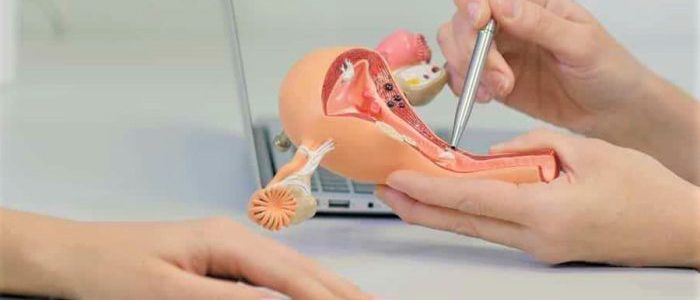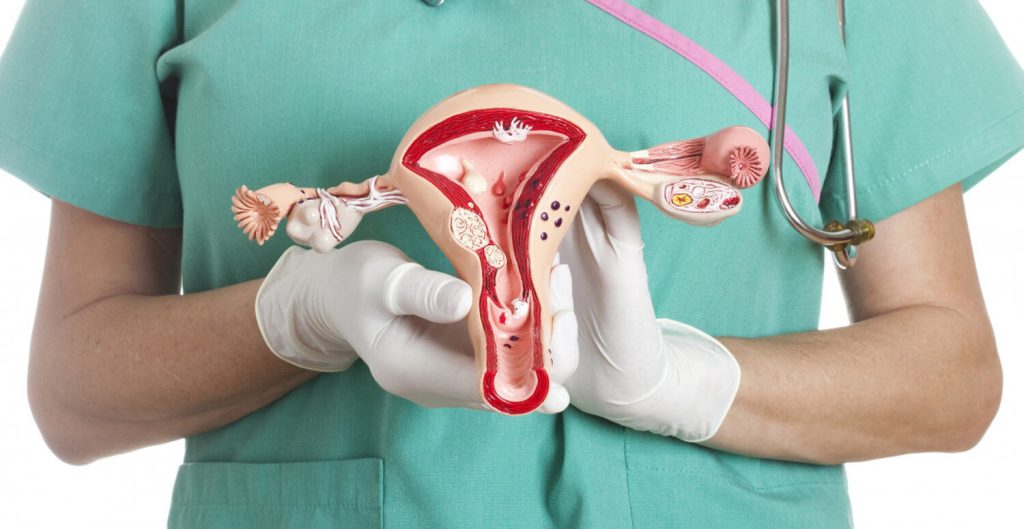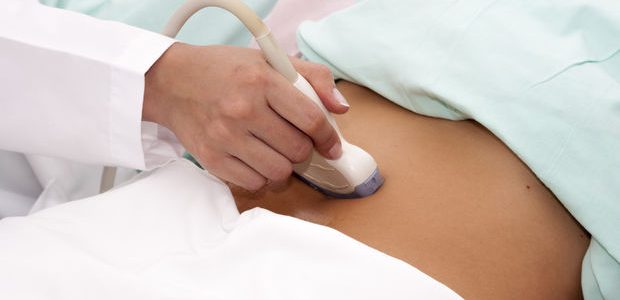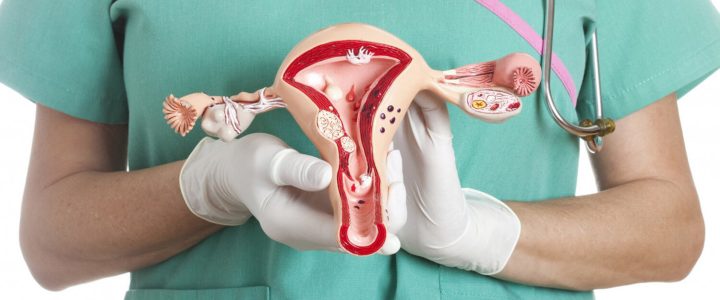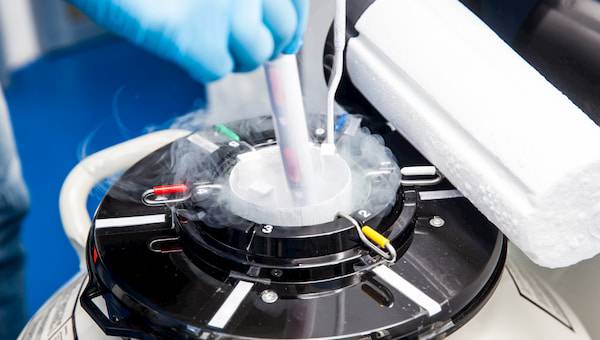Understanding Placenta Previa
Placenta Previa: Understanding this Condition
Placenta Previa is a medical condition that occurs during pregnancy, where the placenta partially or completely covers the mother’s cervix. It is considered a potentially serious complication and can lead to various complications for both the mother and the baby. The placenta, which is responsible for supplying oxygen and nutrients to the baby, needs to be placed high in the uterus and away from the cervix for a healthy pregnancy.
When the placenta attaches itself near or over the cervix, it can cause bleeding and hinder the normal delivery process. Placenta Previa is divided into three types based on the extent of coverage: complete, partial, and marginal. Complete Placenta Previa occurs when the placenta entirely covers the cervix, while partial Previa involves partial coverage, and marginal Previa occurs when the placenta is located near the edge of the cervix.
In most cases, Placenta Previa is usually detected during routine prenatal ultrasounds. However, if you experience symptoms such as bright red vaginal bleeding, especially in the second or third trimester, it is essential to seek immediate medical attention. Other symptoms may include abdominal pain, contractions, or a baby in a breech position.
- Risk Factors and Complications:
- Placenta Previa is more commonly observed in women who have had multiple pregnancies, previous cesarean deliveries, or surgeries on the uterus.
- Additionally, women who smoke, are older in age, or have a history of uterine abnormalities are at a higher risk for developing Placenta Previa.
- The complications associated with this condition can range from mild to severe, depending on the extent of placental coverage. Some potential risks include excessive bleeding during pregnancy, preterm birth, and fetal growth restriction.
| Risk Factors | Complications |
|---|---|
| Multiple pregnancies | Excessive bleeding |
| Previous cesarean deliveries | Preterm birth |
| Uterine abnormalities | Fetal growth restriction |
Common Symptoms To Look For
Placenta Previa refers to a condition where the placenta partially or completely covers the cervix during pregnancy. While it is considered a rare condition, it can cause complications for both the mother and baby. It is important for pregnant women to be aware of the common symptoms of Placenta Previa and seek medical attention promptly to ensure a safe and healthy pregnancy.
One of the most common symptoms of Placenta Previa is painless, bright red vaginal bleeding. This can occur at any time during the second or third trimester of pregnancy. The bleeding may be heavy or light, but it is crucial to seek medical attention immediately if you experience any bleeding during pregnancy. It is important to note that not all cases of bleeding are due to Placenta Previa, but it should never be ignored as it can be a sign of a serious complication.
In addition to vaginal bleeding, another symptom of Placenta Previa is a baby in a breech position. This means that the baby’s buttocks or feet are positioned to be delivered first instead of the head. While some babies may naturally move into a breech position, it can also be a result of the placenta obstructing the baby’s head from descending into the pelvis. If you notice your baby in a breech position, it is important to consult your healthcare provider for further evaluation.
- Other potential symptoms of Placenta Previa include:
| • Abdominal pain or discomfort | • Contractions before 37 weeks | • Decreased fetal movements | • Anemia (low red blood cell count) |
|---|---|---|---|
| • Prolonged or intense contractions | • Uterine tenderness | • Fetal growth restriction | • Premature rupture of membranes |
Diagnosis And Medical Tests
Diagnosis and Medical Tests
When it comes to diagnosing Placenta Previa, healthcare providers rely on a combination of medical tests and evaluations. Due to its potential complications and risks, timely and accurate diagnosis is crucial to ensure the well-being of both the mother and the baby. Let’s take a closer look at some of the common methods used for diagnosing Placenta Previa:
1. Transvaginal Ultrasound: This is the most common and reliable diagnostic tool used to confirm the presence of Placenta Previa. During this procedure, a transducer is inserted into the vagina to capture detailed images of the placenta’s position and determine whether it is covering the cervix.
2. Magnetic Resonance Imaging (MRI): In some cases, an MRI may be recommended to obtain more detailed images of the placenta’s location. This imaging technique uses a magnetic field and radio waves to generate high-resolution pictures, allowing healthcare providers to get a better understanding of the condition.
3. Pelvic Examination: Along with ultrasound and MRI, a pelvic examination is often performed to evaluate the position of the placenta. During this physical examination, the healthcare provider manually assesses the cervix and uterus to check for any signs of Placenta Previa.
- 4. Blood Tests: Blood tests may be conducted to check for any underlying conditions or complications that could contribute to Placenta Previa. These tests can help identify factors such as anemia, infection, or abnormalities in clotting factors, which may affect the overall management and treatment.
| Diagnosis Methods | Accuracy | Benefits |
|---|---|---|
| Transvaginal Ultrasound | High | Non-invasive, widely available |
| Magnetic Resonance Imaging (MRI) | High | Provides detailed images, valuable for complex cases |
| Pelvic Examination | Moderate | Part of routine prenatal care, may detect other conditions as well |
| Blood Tests | Varies | Assessment of underlying conditions or complications |
It is important to remember that accurate diagnosis of Placenta Previa requires professional medical attention. If you experience any symptoms or risk factors associated with Placenta Previa, consult your healthcare provider for appropriate tests and evaluations. Early diagnosis and proper management can significantly reduce the potential risks and complications associated with this condition.
Risk Factors And Complications
When it comes to pregnancy, there are always certain risks and complications that one must be aware of. Placenta Previa is one such condition that can potentially lead to various complications during childbirth. It occurs when the placenta partially or completely covers the cervix, obstructing the baby’s exit from the womb. Although the exact cause of Placenta Previa is unknown, there are several risk factors that have been identified. These include a history of previous cesarean sections, a high number of pregnancies, and smoking during pregnancy.
One of the major risk factors for Placenta Previa is a history of previous cesarean sections. When a woman has had one or more cesarean deliveries in the past, the scar tissue left behind can increase the likelihood of the placenta attaching to the lower part of the uterus. This can result in Placenta Previa in subsequent pregnancies. It is important for women with previous cesarean sections to be closely monitored and informed about the potential risks involved.
Another risk factor for Placenta Previa is having a high number of pregnancies. Women who have had multiple pregnancies are more likely to develop Placenta Previa compared to first-time mothers. This may be due to the increased stretching and thinning of the uterus with each subsequent pregnancy, making it more difficult for the placenta to attach properly. It is essential for women with multiple pregnancies to be aware of this risk and consult with their healthcare provider for appropriate prenatal care and monitoring.
| Common Risk Factors for Placenta Previa: |
|---|
|
|
|
Smoking during pregnancy is not only harmful to the mother but also increases the risk of developing Placenta Previa. The chemicals present in cigarettes can alter the blood flow in the uterus, affecting the attachment of the placenta. Smoking can also lead to other complications such as preterm birth and low birth weight. It is crucial for pregnant women to quit smoking to reduce the risks associated with Placenta Previa and ensure the well-being of both themselves and their babies.
While these are some of the main risk factors associated with Placenta Previa, it is important to note that not all women with these factors will develop the condition. Additionally, Placenta Previa can also occur in women who do not have any known risk factors. Therefore, it is essential for pregnant women to receive regular prenatal care and undergo necessary medical tests and screenings to detect any potential complications and ensure a safe and healthy pregnancy.
Treatment Options Available
When it comes to Placenta Previa, early detection and prompt treatment are crucial for a successful outcome. The treatment options available depend on the severity of the condition and the stage of pregnancy. In less severe cases, where bleeding is minimal and the mother and baby are stable, conservative management may be recommended. This involves close monitoring of the condition through regular check-ups, bed rest, and restricted physical activity. However, in more severe cases, intervention may be necessary.
In cases where bleeding is heavy or the mother and baby are at risk, the primary goal of treatment is to ensure the well-being and safety of both. One of the most common treatment options is a cesarean section. This surgical procedure involves delivering the baby through an incision in the mother’s abdomen and uterus. A cesarean section is often recommended when the placenta is partially or completely covering the cervix or if there is excessive bleeding.
In some cases, if the mother’s condition and the baby’s health permit, a vaginal delivery may still be possible. This is known as a vaginal birth after cesarean (VBAC) and can be considered in certain situations. However, it is important to note that the final decision regarding the mode of delivery should be made by the healthcare provider based on individual circumstances and after careful evaluation.
| Treatment Options | Description |
|---|---|
| Bed Rest | Restricted physical activity and resting to reduce the risk of further bleeding. |
| Cesarean Section | A surgical procedure to deliver the baby through an incision in the abdomen and uterus. |
| Vaginal Birth After Cesarean (VBAC) | A possible option in certain cases where a vaginal delivery may still be considered after a previous cesarean. |
It is important for women diagnosed with Placenta Previa to carefully follow their healthcare provider’s recommendations. They should attend all scheduled appointments and seek immediate medical attention if they experience any changes or worsening of symptoms. By following the appropriate treatment options, women with Placenta Previa can increase their chances of a healthy pregnancy and delivery.
Precautions And Self-Care Measures
Precautions and Self-Care Measures
When it comes to Placenta Previa, taking precautions and practicing self-care measures are crucial for a safe and healthy pregnancy. This condition, where the placenta partially or completely covers the cervix, can lead to various complications if not managed properly. Here are some important precautions and self-care measures that pregnant women with Placenta Previa should keep in mind:
1. Monitoring and Limiting Physical Activities: It is essential to closely monitor your physical activities and avoid any strenuous exercises or activities that could put pressure on the placenta. Engaging in gentle exercises, such as prenatal yoga or swimming, can help maintain fitness without straining the placenta.
2. Avoiding Sexual Intercourse: To minimize the risk of bleeding and further complications, it is important to abstain from sexual intercourse throughout the pregnancy if diagnosed with Placenta Previa. This precautionary measure reduces the chance of any trauma or injury to the placenta.
3. Adequate Rest and Sleep: Maintaining proper rest and getting enough sleep is crucial for the overall well-being of both the mother and the baby. It is recommended to avoid excessive physical exertion and prioritize rest to avoid any unnecessary stress on the placenta.
- 4. Regular Check-ups and Medical Follow-ups: Regular visits to your healthcare provider are essential to monitor the progress of Placenta Previa and ensure the well-being of both the mother and the baby. These check-ups help in detecting any changes or complications in a timely manner.5. Emotional Support: Coping with the diagnosis of Placenta Previa can be emotionally challenging for pregnant women. Seeking emotional support from loved ones, support groups, or professional counselors can play a significant role in reducing stress and anxiety.
6. Understanding Warning Signs: It is crucial to be aware of the warning signs associated with Placenta Previa, such as sudden heavy bleeding, abdominal pain, or contractions. Recognizing these symptoms and seeking immediate medical attention can prevent potential complications.
| Precautions | Self-Care Measures |
|---|---|
| Avoid heavy lifting or strenuous activities. | Practice relaxation techniques and stress management. |
| Avoid using tampons or having vaginal examinations. | Stay hydrated and maintain a healthy diet. |
| Follow the healthcare provider’s restrictions on travel. | Get regular prenatal vitamins and supplements. |
| Avoid long periods of standing or sitting. | Attend childbirth education classes to prepare for different scenarios. |
Remember, every case of Placenta Previa is unique, and it is important to follow the guidance and advice of your healthcare provider. By taking proper precautions and practicing self-care measures, you can help ensure a safe and healthy pregnancy for both you and your baby.









